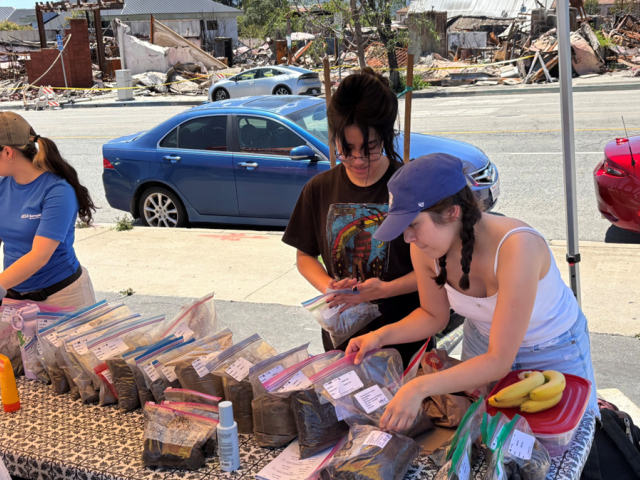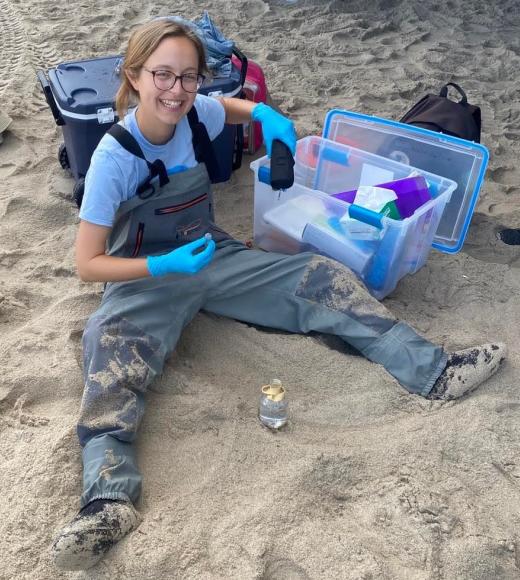
On October 23, SLAGC concluded the series of lunch dialogues with another group of six researchers covering a range of topics, including an overview of UCLA’s mental and physical health research related to the fires to soil health, smoke and air quality impacts on people, and effects of the fires on marine life.
Dr. David Eisenman, professor of Medicine and Public Health and director of the Center for Public Health and Disasters, kicked things off with a rundown of efforts by researchers to capture qualitative and quantitative data about the health impacts of fires.
He highlighted the UCLA Health Wildfire Research Registry, which aims to create a database of potential volunteers for ongoing and future studies related to wildfire and health, and the LA Fire HEALTH Study, a multi-institution, decade-long effort, to better understand the short- and long-term health impacts of the 2025 LA wildfires.
He also touched on other studies that look at the effects of smoke on health, mental health, epigenetics in older Californians, and the impact of the LA fires on people’s mental health.
Kirsten Schwarz, associate professor of Environmental Health Sciences, presented her efforts working with the LA Urban Soil Social Impact Collaborative, a community-university partnership that aims to leverage university research and resources and apply local and Indigenous knowledge to advance equitable access to healthy soils.

Continuing the theme of addressing issues from multiple lenses, Schwarz was followed by Sanjay Mohanty, associate professor of Civil and Environmental Engineering, who presented on his work soil testing in the areas affected by the fires. Specifically, his work looked at pollutants created during wildfires at the wildland-urban interface, their mobility by wind, water and through soil, and their ecological impacts.
Dr. Brigitte Gomperts, professor of Pediatrics and Pulmonary Medicine, then presented her work looking at the impact fire smoke has on human airway pathways and respiratory systems. She also highlighted some collaborations she was working on around firefighter exposure and cancer risks, and post-fire indoor air quality - both of which include Dr. Barber whose presentation followed hers.
Dr. Gomperts had also identified another possible avenue of collaboration during the lunches following Morgan Tingley’s presentation about his work investigating smoke impacts on bird lungs.
She was followed by Victoria Barber, assistant professor of Physical and Atmospheric Chemistry, who discussed volatile organic compounds (VOCs) and their impacts on post-fire indoor and outdoor air quality. VOCs refer to a group of chemicals—including many that are used in everyday household activities—that easily turn into vapor, especially when exposed to fire.
Gabriela Carr, a PhD student at the Institute of the Environment and Sustainability in associate professor Timu Galllien’s Coastal Flood Lab, concluded the lunch with a presentation of her work on the impacts of the fires on marine life in Santa Monica Bay with environmental DNA methods to survey biodiversity. The study used previous data collection efforts to establish baseline biodiversity, with new and ongoing sampling to determine the impacts of the fire and longer-term recovery.
- Read about the October 2 event.
- Read about the October 10 event.
Listen to the researchers discuss their work:




